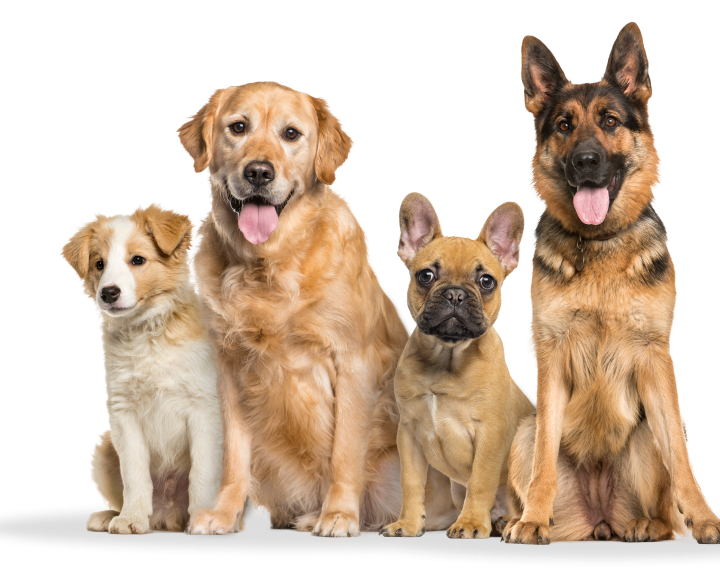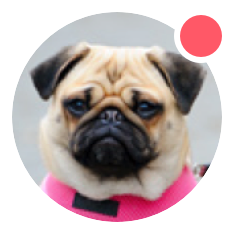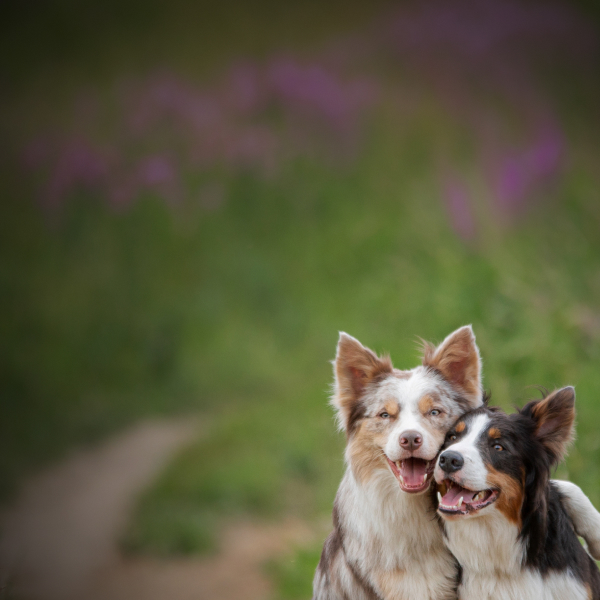The symptoms of food aggression (also called food guarding) are pretty straightforward, ranging from warnings to actions, sometimes with only milliseconds between:
- Stiffening
- Gulping
- Growling
- Snarling and teeth showing
- Freezing
- Lunging
- Snaps or bites when feeding is interrupted
The danger here is that the object of the aggression may be another dog or cat in the family or even a toddler or child who has wandered too close to the food bowl and who doesn’t understand the warnings or why they are important.
Types
Food aggression or guarding could be typed into two categories:
Aggression toward humans - This type of food aggression could be directed toward any human being who comes anywhere near the food bowl, kitchen where food is being prepared, the dinner table where the food is eaten or even near the leftovers. It could also be directed at only some of the human family members, with one or two being trusted to come near the canine when he is eating.
Aggression toward other animals - This type could include other dogs, cats or any other animals who are courageous enough to venture near the food dish when your dog is eating or is otherwise near it.





